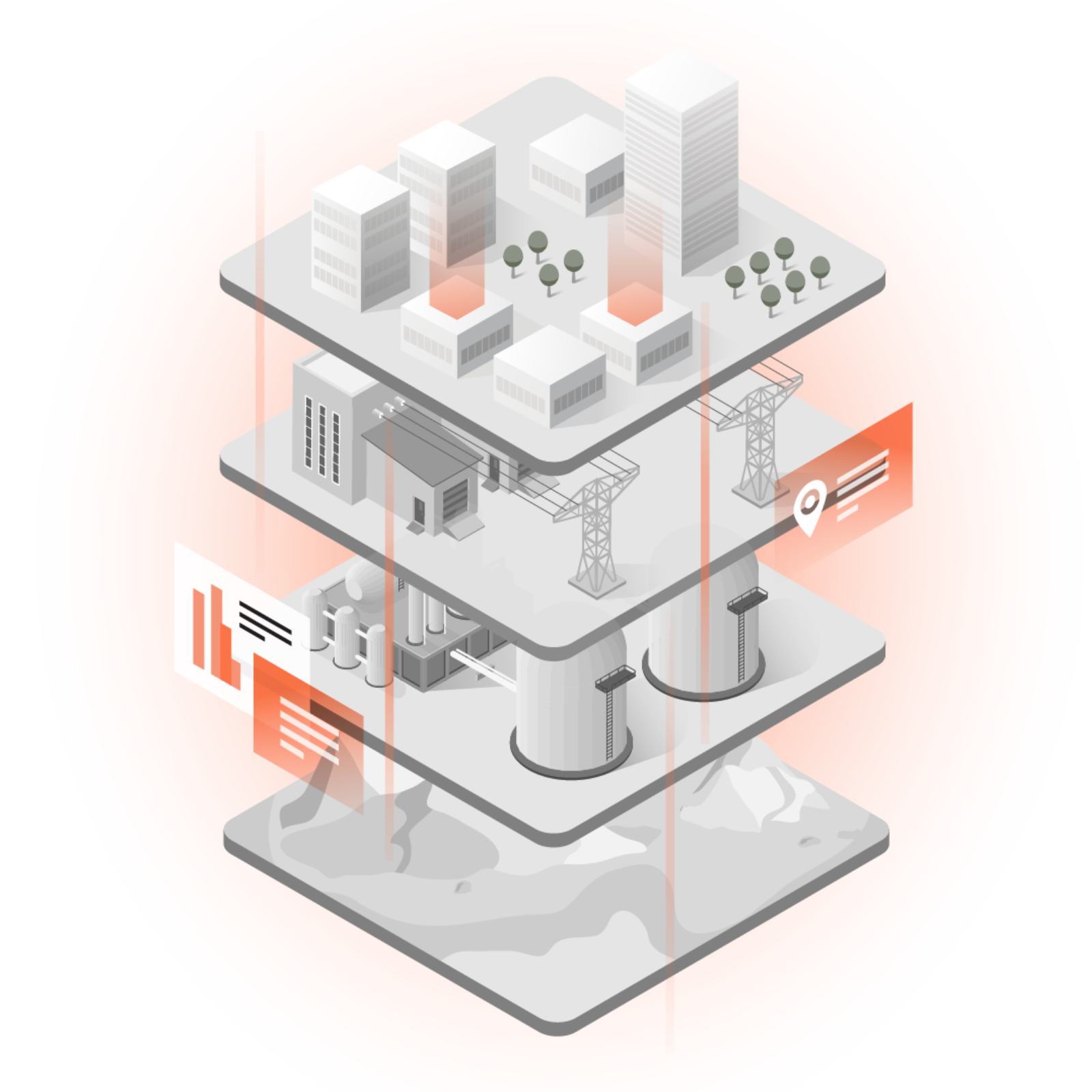
Technical
BIM Vs Digital Twins For AEC And The Role Of Drones
In-depth comparison between BIM and digital twins. Find out the differences between BIM and digital twins and how they can be used throughout the lifecycle of an AEC/infrastructure project, and how drones can play a role.
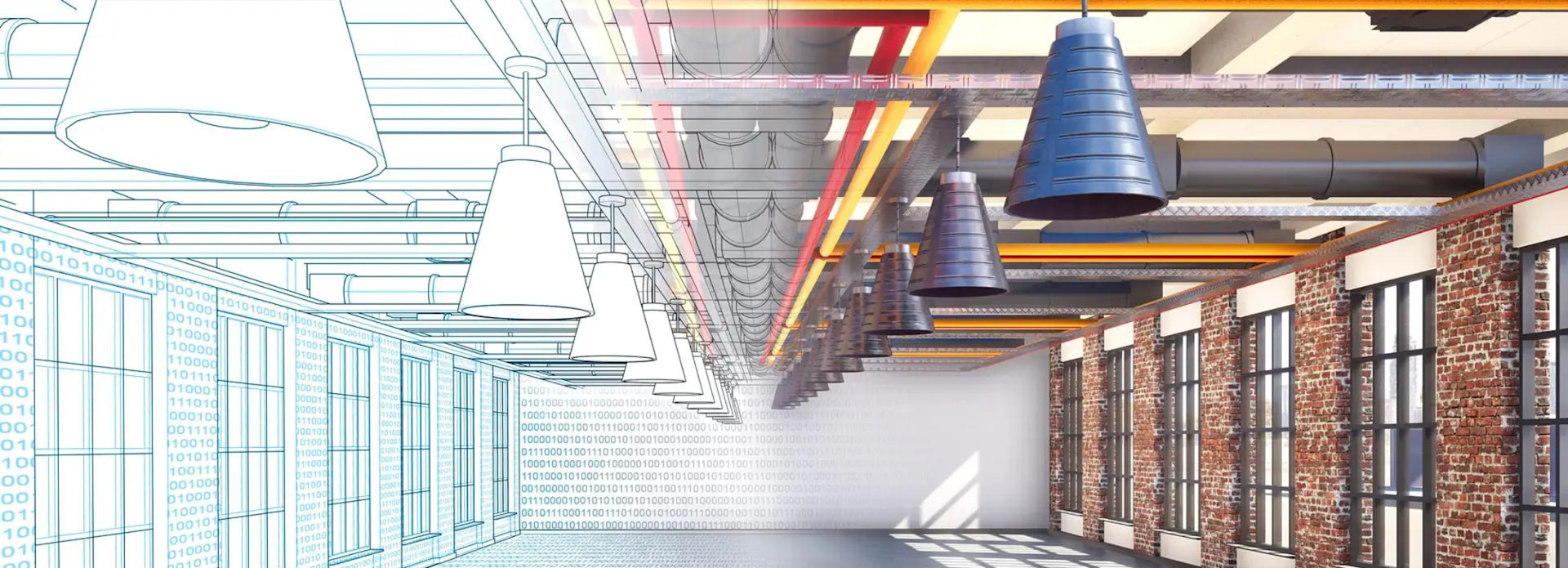
Find out the differences between BIM and digital twins for AEC/infrastructure developments;
BIM (Building Information Modelling) is a digital representation of a building's physical and functional characteristics that allows professionals to create and manage information throughout the entire lifecycle of a project;
Digital twins are virtual models that simulate the physical characteristics and behaviour of a physical system or product. They are created by collecting data from sensors, cameras, and other sources;
In AEC/infrastructure, BIM and digital twins can be used at different stages of a project lifecycle: BIM is primarily used during the design and construction phases, while digital twins tend to be used during the operation and maintenance phases;
While BIM and digital twins are different, BIM data can be fed into digital twins;
Drones can play a key part in collecting data for BIM and digital twins.
Building Information Modelling (BIM) and digital twins help construction and design teams work smarter and faster.
These digital assets are transforming the way that buildings and infrastructure are planned, built, and operated.
They also enhance collaboration with stakeholders, improve project outcomes, reduce costs, and increase efficiency.
But they are not to be confused, having different - and sometimes complementary - roles to play.
In this article, we will compare BIM and digital twins, explore how they help during a construction project lifecycle - from initial planning to quality control and ongoing facilities management - and examine the role of drones in this process.
What Is BIM?
BIM is a digital representation of the physical and functional characteristics of a building or structure.
3D models are central to the BIM process. Built using software tools such as Revit, they include information about the geometry, materials, and components of the building, as well as the relationships between them.
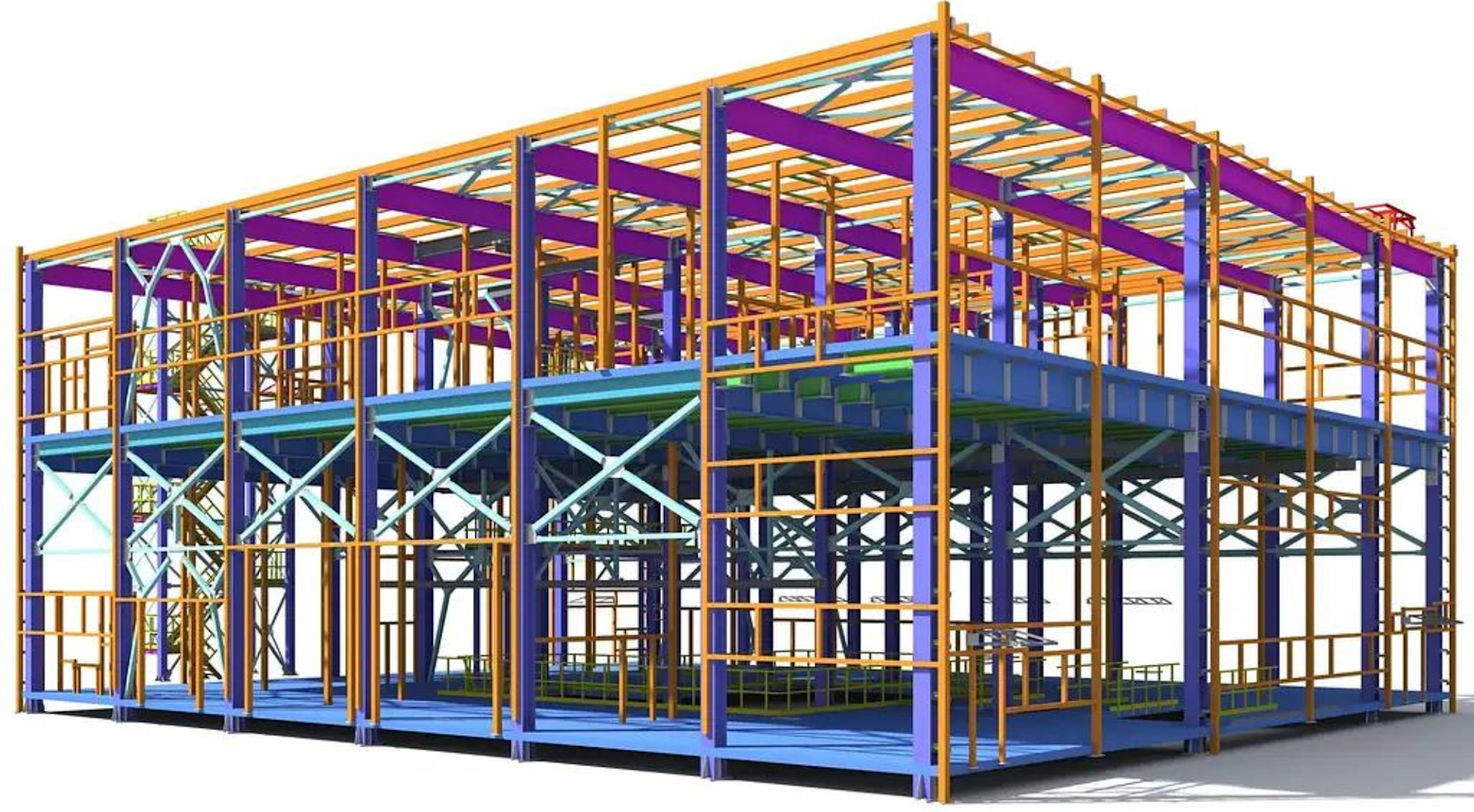
BIM is typically used during the design and construction phases of a building project, and it allows designers and contractors to visualise the building or structure in 3D and identify potential clashes or conflicts during the development.
This promotes more structured and streamlined project management throughout the lifecycle of the project.
What Are Digital Twins?
Digital twins use real-time data from sensors - including IoT (Internet of Things) sensors and other digital solutions, like drones - to create a virtual replica of an asset which simulates real-world behaviour.
These accurate and dynamic models can be used to simulate the construction process and test different design options, identify and diagnose problems, monitor performance, and predict maintenance needs and future behaviour.
This helps to reduce downtime, extend the lifespan of assets, improve overall performance, and optimise maintenance schedules.
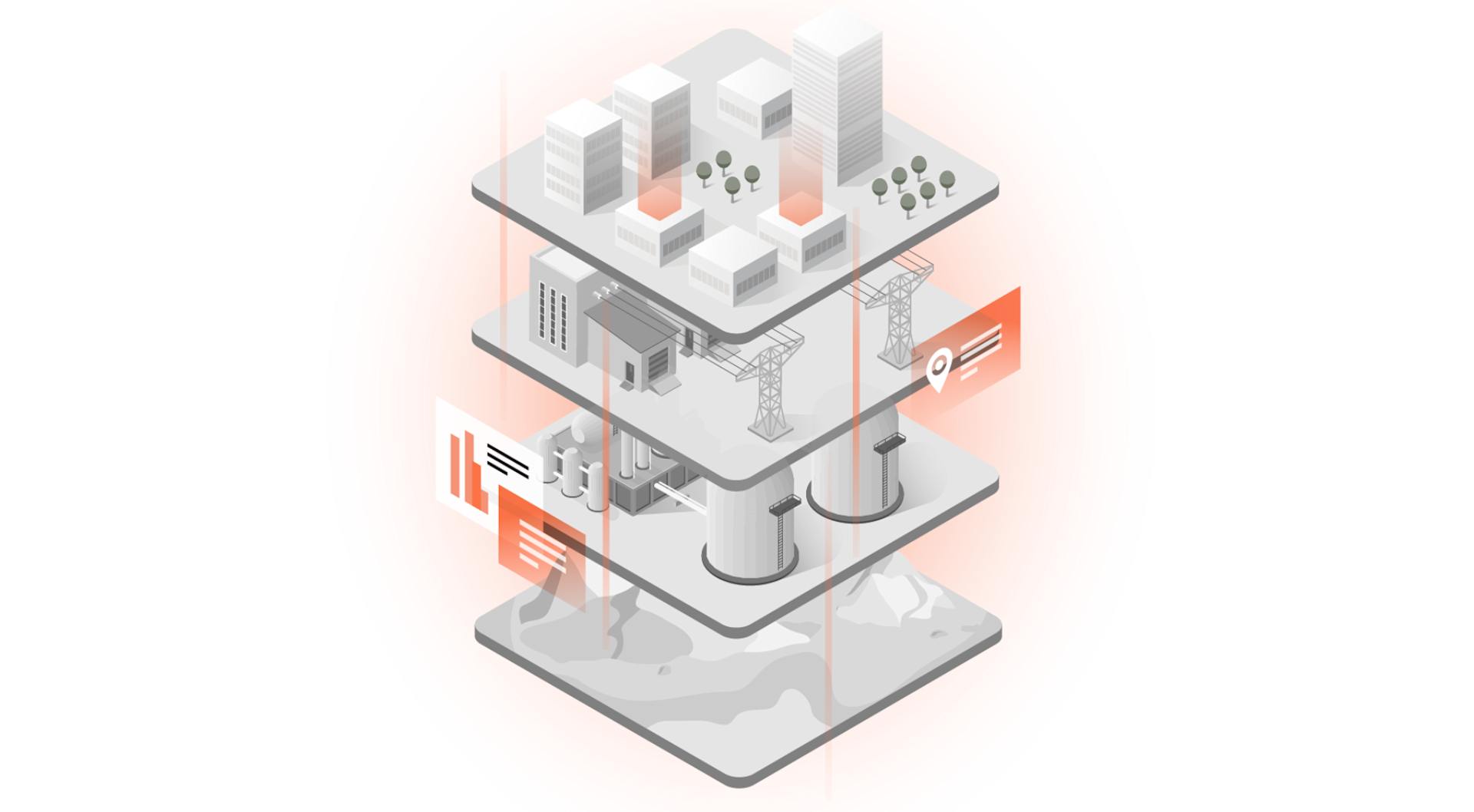
For the AEC sector, a digital twin can be used for several reasons, including simulating energy usage and carbon emissions to improve sustainability and enhanced occupant comfort.
In the infrastructure sector, digital twins can be used to create accurate and dynamic models of bridges, tunnels, buildings, and highways. These models can be used to simulate how the infrastructure will perform under different conditions, such as traffic flows, weather events, and other stress factors.
BIM Vs Digital Twins: When To Use Them
BIM and digital twins are powerful tools, but they are used for different purposes during a project lifecycle.
BIM is primarily used during the design and construction phases, helping teams sketch out provisional ideas, edit models for design changes, and then track progress and use as a reference point during the build stage.
In contrast, digital twins are particularly useful during the operation and maintenance phases, helping to optimise and manage an asset through virtual interaction and simulation.
How Does BIM Data Fit Into A Digital Twin?
BIM and digital twins may be different, but they can be used together to create a more comprehensive view of a building or structure, from initial design to ongoing operation and maintenance.
In fact, BIM data can be a key component of a digital twin, as it provides a detailed and accurate representation of the real-world asset.
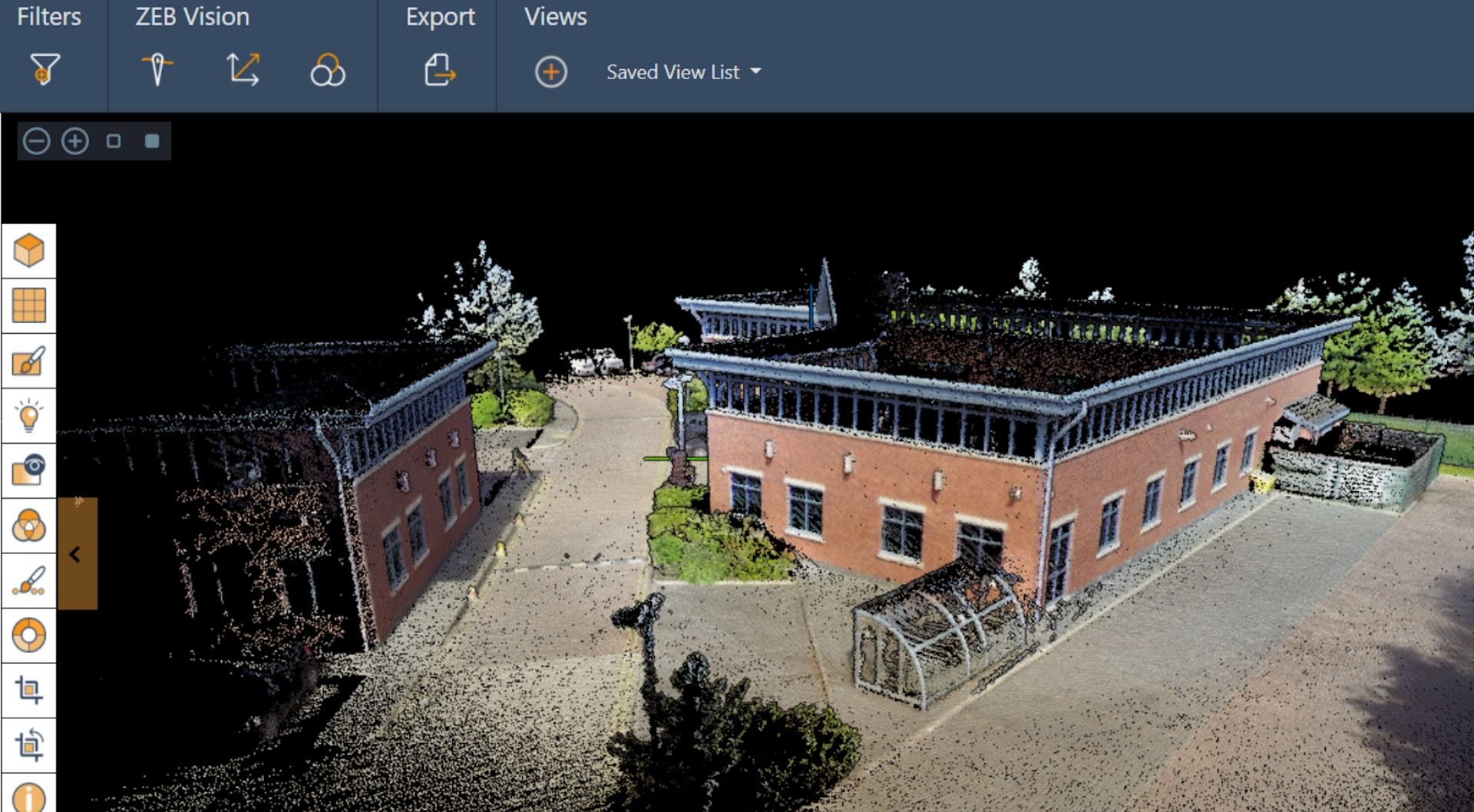
To integrate BIM data into a digital twin, the BIM model is typically imported into a digital twin platform or software. This enables the BIM data to be visualised and analysed in the context of the entire project, including its environment, operations, and maintenance.
Once the BIM data is integrated into the digital twin, it can be used to simulate different scenarios and analyse the performance of the project over time.
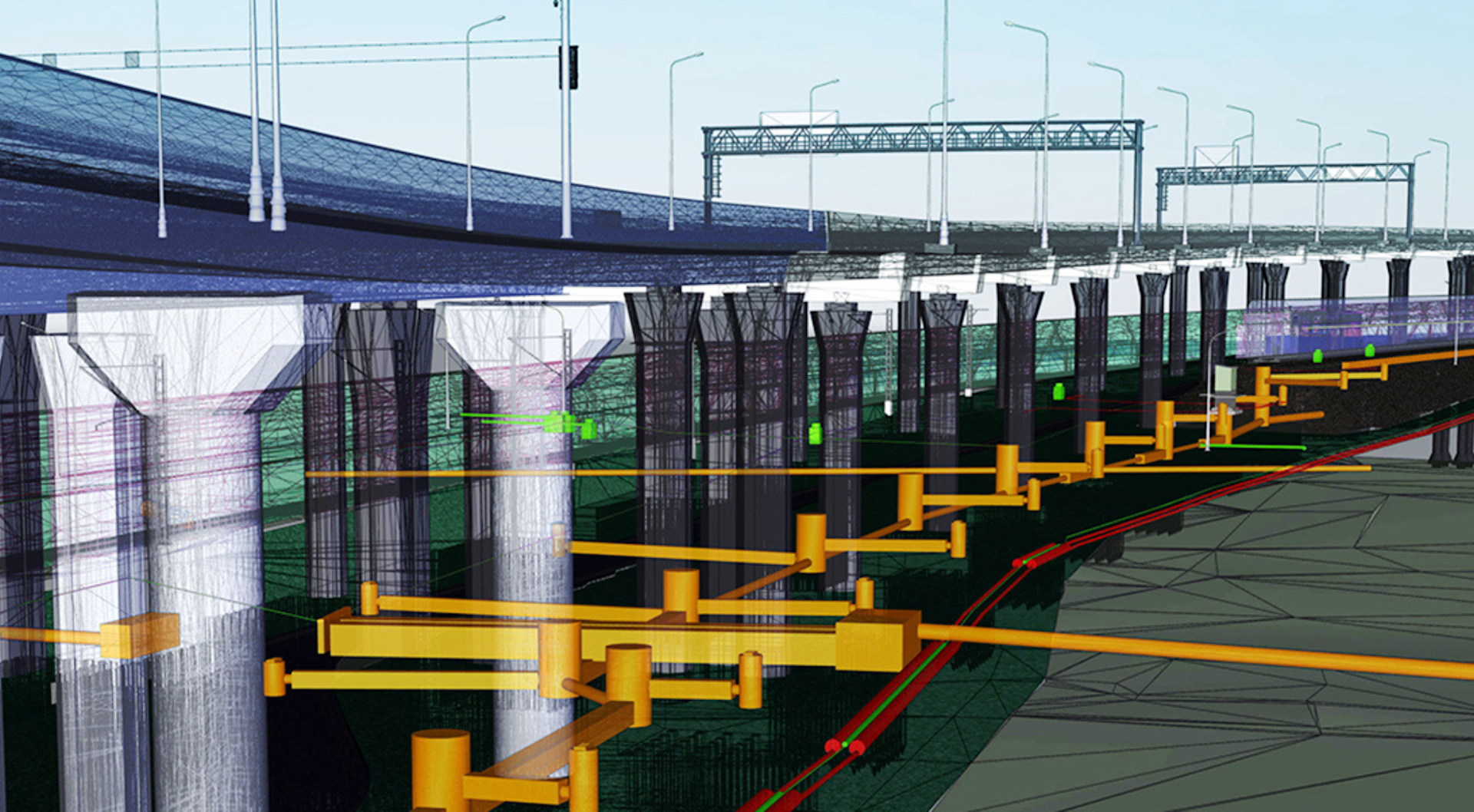
By integrating BIM data into a digital twin, stakeholders can have a better understanding of the project and its performance, and make informed decisions based on data.
This can help to reduce the risk of errors, delays, and cost overruns, and improve the overall efficiency and sustainability of the project.
Drones For BIM & Digital Twins
Drones are becoming an increasingly important tool for BIM and digital twins.
Drones can be used to capture high-quality aerial imagery which can be used to create lifelike 3D models to ensure accurate construction from the plans. It is like a remote site audit.
For digital twins, drones can be used to collect real-time data on a building's performance, such as temperature, humidity, and energy consumption. Drones equipped with thermal imaging cameras can detect energy leaks and identify areas where insulation may be lacking.
Drones can also be used to inspect hard-to-reach areas of a building, such as rooftops and facades, to detect defects or damage.
Best Drones For BIM & Digital Twins
Numerous DJI solutions are available to help collect data from BIM and digital twins.
DJI M300 RTK
The DJI M300 RTK is a heavy-duty drone which can carry interchangeable payloads.
This versatility means that operators can benefit from a suite of payloads and collect the right data for their needs, including photogrammetry, LiDAR, visual, and thermal.
The M300 RTK is compatible with third-party payloads, such as the GeoSLAM ZEB Horizon laser scanner. The ZEB Horizon, as well as the ZEB Go and ZEB Revo RT, can also be handheld, making the GeoSLAM scanners a very useful solution for BIM and digital twin applications.
DJI Mavic 3 Enterprise Series
The DJI Mavic 3 Enterprise Series are portable surveying drones.
The Mavic 3E has a survey-grade wide sensor (4/3 CMOS, 20MP, Mechanical Shutter, 0.7s shooting interval) and 12MP Tele camera with zoom capabilities.
Meanwhile, the Mavic 3T can be deployed to capture visual and thermal data, with its 640 x 512 thermal sensor, 48MP wide camera, and 12MP zoom camera.
The drones can be integrated with an RTK Module for enhanced precision.
BIM Vs Digital Twins: Summary
Designing, constructing, and managing a construction or infrastructure project is a complex process, often involving a variety of stakeholders.
Leveraging BIM and/or digital twins helps with this process, providing valuable insights which can span the lifecycle of a development.
Real-time decisions can be made based on this data, helping to reduce the risk of errors, delays, and cost overruns, and improve the overall efficiency and sustainability of the project.
Contact heliguy™ to discuss BIM and digital twins, the role of drones, and how the heliguy™ in-house surveying team can support you.
